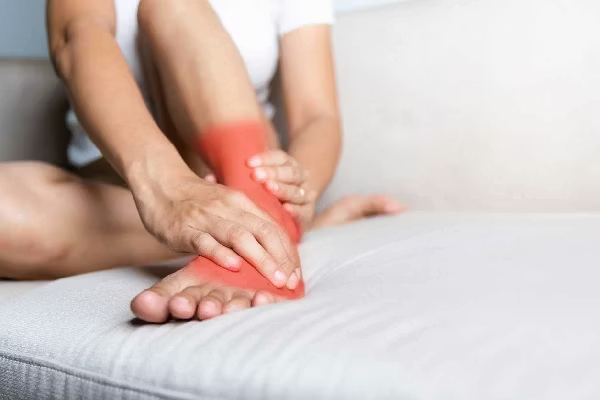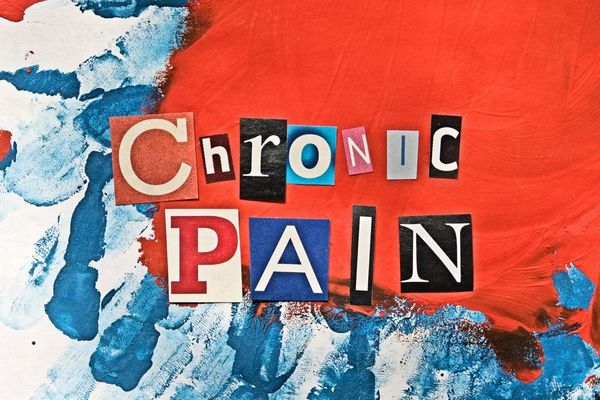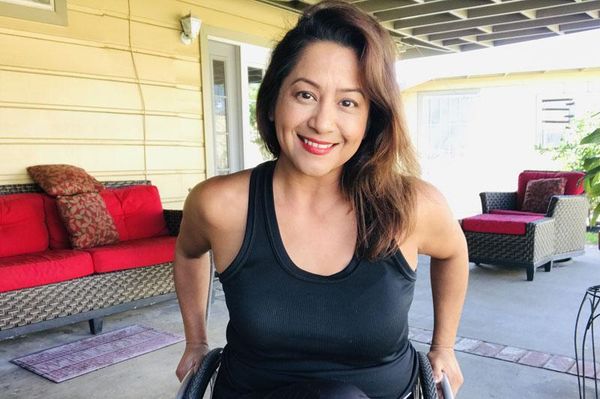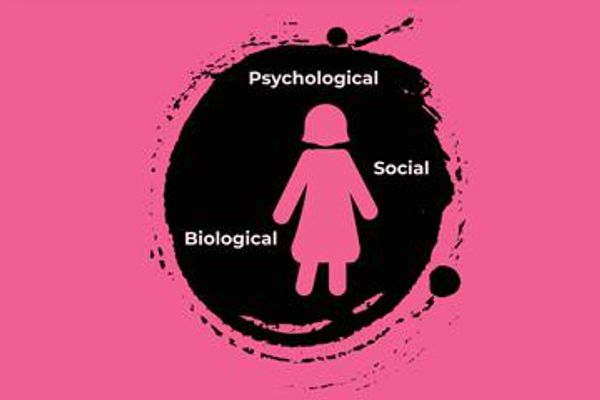When you're in pain, you have one thing on your mind – please make it stop. Luckily there are many pain management options out there, some work faster than others, and some even have an immediate effect. And while opioids can serve an important function, my advice for patients is to try a non-medication approach first. The following pain-relief tips are sustainable and most importantly they're often times effective for many types of pain conditions when combined with a comprehensive treatment plan.
1. Go for a walk: Being active is great for your health as seen in many studies. It can help strengthen muscles and extend your life, when combined with a comprehensive pain management routine. Any physical activity should first be discussed with your doctor, and be adjusted based on your ability to tolerate your symptoms and function; however, there are plenty of low-impact exercises that can have a positive impact on your pain. Walking is one of them. It can be done anytime and almost anywhere, and the simple act of moving can work wonders on relieving certain symptoms, especially chronic back pain. Some ideas on how to incorporate walking into your daily routine could include: take your dog for a quick stroll first thing in the morning when you may be feeling especially stiff, choose the farthest parking space, use the office restroom or the walking route that's out of your way at work.
2. Take massage into your own hands: Massage is a popular pain-relief option due to its many pain-relieving benefits; however, making an appointment at the spa can be prohibitive due to time and cost. So if you are one of the many individuals whose day is filled with work, errands and other responsibilities, a handheld at-home massager can be a much needed relief. For example, the Wahl Deep Tissue Massager is one of the most powerful massagers currently available. It offers customized relief through a combination of interchangeable heads and variable intensity control.
One of the biggest advantages of incorporating at-home massage into a comprehensive pain-management regimen is convenience and the fact that it provides relief fast. Massage relieves muscle tension by enhancing blood flow, which causes muscles to relax. It also decreases inflammation by activating genes that can naturally reduce swelling, it reduces pain intensity by diminishing bodily substances that create and prolong pain and it improves recovery by stimulating mitochondria, the "energy packs" driving cellular function and repair.
3. Stay hydrated: Water can be an easy way to stem pain at the source. Keeping water nearby and making sure you drink at least eight 8-ounce glasses daily can make all the difference when trying to combat pain. In general, your body needs water to work properly, to lubricate and cushion your joints, to protect your tissues, to keep your temperature normal and to get rid of wastes. A lack of water can lead to dehydration and drain your energy even further, leading to exhaustion and more painful symptoms. Water is a key element in keeping balance in your body and overall health.
4. Take a dip. I already covered the miraculous effect water can have on your body from the inside, but it has soothing powers from the outside too. Depending on the source or your chronic pain, a warm bath can offer respite from your discomfort. Being submerged in water reduces the stress of body weight and gives all-over support, easing pressure on your joints. What's more, the warm and even temperature stimulates blood flow throughout your body helping to loosen stiff, painful muscles.
Dr. Anita Gupta is a pain anesthesiologist and pharmacist. More: anitagupta.com.
The foregoing does not create a doctor-patient relationship and is not intended to replace any guidance from your own treating physicians.







